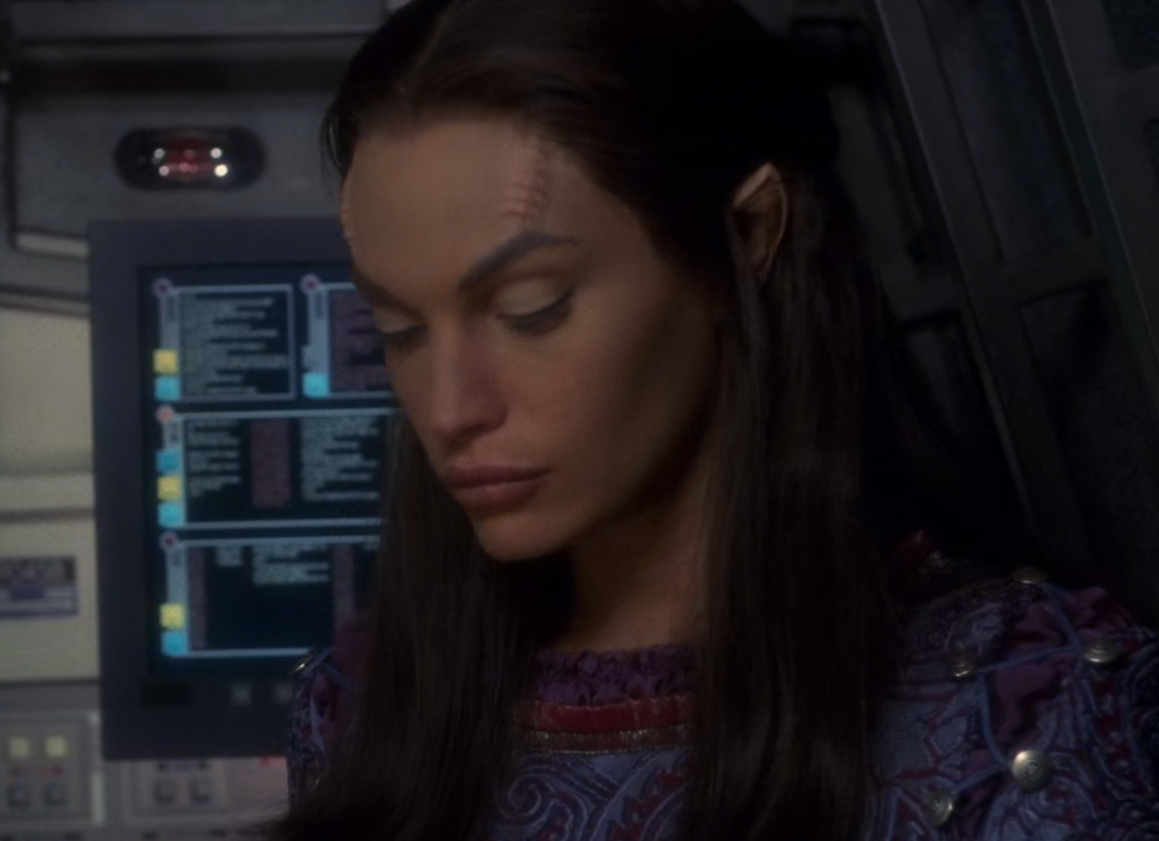That’s a little drastic, but they do protect the babies while they make their way into the water. I went out to watch a release of Kemp’s Ridley Sea Turtles and it was amazing.
First, they have signs all over the beach that if you see a mother laying eggs in the sand, leave her alone but mark the spot once she leaves. Phone the number on the sign and they’ll send out a team to collect the eggs. They incubate them safely and once they hatch they schedule a release. You can sign up to come and watch.
The turtles use the rising sun as a guide to get them to the ocean, so the release is done very early in the morning before sunrise. The seagulls in the area start to gather around out of curiosity, and the conservationists release the hatchlings on the beach. They can’t put them directly in the water because they need to imprint on the beach so they know where to return to lay their eggs.
The baby turtles start rushing toward the water and the seagulls see a free meal, however they have people with long poles with banners at the end to keep them from getting too close. Everyone cheered when they reached the water, but that’s just the start for them. Of the roughly 150 turtles they released during my visit , only 1% of them will survive to reproduce, meaning only 1-2 of them will ever see this beach again.
When I went to mexico many years ago, they had dedicated teams of conservationists mark and monitor all nesting spots (they didnt collect the eggs), then when they start hatching they will rake the sand in a path to the ocean and inevitably a crowd of tourists will gather so the conservationists also end up having to hold the crowd back so that they dont get in the way, the crowd does however scare away any beach predators.
I got to see both egg laying, and eggs hatching it was very cool. The baby turtles are sooo tiny and adorable.
So I recently learned that, in the Cayman Islands, where they drove green sea turtles to near(?) extinction, they have had a successful re-introduction program. What’s interesting is that they collect, incubate, and hatch the eggs in a hatchery, and raise the turtles until they’re a year or two old, and then release them. By then, they’re too Big for the land predators, and 100% of the turtles make it to the ocean. They’ve brought the population back to tens of thousands.
At some point, I guess they’ll consider the population stable and end the program, and let nature go back to what it was doing with the predators and all, but for now it’s nice to know that these turtles, at least, don’t have to face that sort of predation. It’s the least we could do, as a species.
We’re also re-introducing mostly-Aurochs (re-bred, not genetically identical to the originals), and we’ll probably see thylacines brought back from extinction.
I don’t know if anyone is working on Dodos, or whether there’s even enough genetic material to work with, but that’s one I’d personally really love to see brought back.
Mammoth 🦣 hybrids are going to be fucking cool.
Mammoths, too! Hopefully we can get fully sequenced genomes on those.
I haven’t heard of any concrete efforts to re-introduced mammoths, though - is someone working on that?
Cool.
I’ll shed no tears for the seagulls
Water fowl are jerks.




